
Tran De fishing port, a daily trading point for goods and aquatic products of fishermen and traders.
Need to focus on building
Ms. Tran Thi Lan Phuong, Saigon New Port Corporation, emphasized: “The Mekong Delta is the largest agricultural and aquatic product granary in Vietnam, contributing 95% of exported rice, 65% of aquatic products and 70% of fruits nationwide. However, due to the lack of deep-sea ports, about 80% of imported and exported goods of the Mekong Delta must be transported by road to ports outside the region (such as Ho Chi Minh City, Ba Ria - Vung Tau ). This increases logistics costs by about 170 USD per container (equivalent to 7-10 USD/ton), reducing the competitiveness of goods. Therefore, the construction of Tran De deep-water port, right at the mouth of the Hau River, is considered urgent, aiming to reduce 5-10% of logistics costs for agricultural products of the Mekong Delta and create momentum for regional economic development”.
According to the master plan for the development of Vietnam's seaport system for the period 2021-2030, with a vision to 2050 (Decision No. 1579/QD-TTg, dated September 22, 2021), Tran De seaport is identified as a special-class potential deep-water port, an import-export gateway for the Mekong Delta. At the same time, the Planning of the former Soc Trang province (now Can Tho city) for the period 2021-2030 (Decision No. 995/QD-TTg in 2023) aims to develop Tran De into a multi-sector marine economic center, with the Tran De coastal economic zone having a scale of about 40,000 hectares, spanning the areas of Tran De, Cu Lao Dung and Vinh Chau. The project aims to form a multi-functional economic zone including a deep-water seaport (about 5,750 hectares), industrial - processing zones (10,000 hectares), a port logistics zone (4,000 hectares) and an urban - service area (about 20,000 hectares). Tran De Port is expected to receive ships with a capacity of 100,000 DWT, with a design capacity of 80-100 million tons/year (8-10 million TEU) when completed. Tran De coastal economic zone is planned to develop a deep-water seaport as a gateway for the Mekong Delta region, solving logistics bottlenecks for the region's exports...
Many experts also commented that Tran De has a special geographical location at the mouth of the Hau River - the gateway to the East Sea of the Mekong Delta, and can become a center for logistics, import-export and seafood logistics services for the entire region. In particular, when the seaport infrastructure and the Chau Doc - Can Tho - Soc Trang and Can Tho - Ca Mau expressways are completed, Tran De can act as a "second seaport" of the West, reducing pressure on Cat Lai port and helping goods from the region go directly to the international market. At the same time, Tran De is a long-term opportunity, but the investment decision will depend on the speed of institutional completion and infrastructure commitment of the local government.
Removing difficulties
According to experts, developing Tran De into a multi-industry marine economic center, with a coastal economic zone, a logistics center, import-export and seafood logistics services for the entire region still faces many difficulties. Because, the transport and logistics infrastructure has not met the investment scale of economic groups. The Chau Doc - Can Tho - Soc Trang expressway and the deep-water port system are in the process of implementation, but there is no complete connection between the port, industrial park and logistics service area. Planning experts also commented that if Tran De wants to become a regional logistics center, it needs to synchronize three-level infrastructure: expressway, deep-water port and regional warehouse system.
Regarding preferential policies and administrative procedures, there is still no superior mechanism compared to other economic zones such as Chu Lai, Dung Quat or Van Phong. Some proposals need to design a special incentive package on tax, land lease and infrastructure investment return, and apply the electronic "one-stop" model to shorten the project approval time. In addition, the current human resources of the locality do not meet the high technical requirements for the logistics, seaport and energy industries. Therefore, local authorities need to coordinate with universities and large enterprises to establish a coastal human resource training center, creating a stable and highly skilled labor supply. At the same time, Tran De economic zone cannot develop alone, but must be linked to the logistics value chain of the Mekong Delta, especially the localities near Can Tho city. Many economic experts also affirm that Tran De should be considered a logistics hub of the region, not a single economic zone of a locality. Only with regional vision can large-scale corporations be attracted to build and develop.
Recently, at the Scientific Workshop with the theme "Development of Tran De Coastal Economic Zone and issues related to human resources", economic experts recommended that Tran De should be officially established as a Coastal Economic Zone according to the Prime Minister's decision, with an independent economic zone management board with the right to approve projects, sign public-private partnerships and manage land flexibly. This helps increase transparency, shorten procedures and enhance investor confidence. Implement a combined investment model between the State and enterprises in strategic infrastructure areas such as seaports, highways, industrial parks and logistics. The State plays a role in creating land funds, basic technical infrastructure and legal framework; enterprises invest capital, technology and management. If localities share investment risks through a clear public-private partnership mechanism, enterprises will proactively participate in long-term infrastructure projects. In addition, it is necessary to strengthen investment promotion and image promotion, build a clear investment brand, organize regional investment promotion forums and proactively approach domestic corporations through the channel of business associations, chambers of commerce and national conferences...
Ms. Tran Thi Lan Phuong emphasized: Seaport development is not only a logistics infrastructure activity, but also a driving force for regional economic spread. A region can develop strongly when there are one or several growth poles, in which seaports play a core role in promoting supporting industries, logistics and services to develop and spread throughout the region. Tran De Port can be considered the "marine economic growth pole" of the Mekong Delta. For Tran De to become an attractive destination for domestic corporations, there needs to be a shift from the "planning - administration" approach to "market orientation and regional governance".
Ms. Tran Thi Lan Phuong said that perfecting the legal mechanism and specific policies for coastal economic zones is a prerequisite to create a stable and transparent institutional framework for investors. Next, Can Tho City needs to prioritize the development of inter-regional connectivity infrastructure and a modern logistics system, ensuring connectivity between seaports - industrial parks - urban areas - regional supply chains. At the same time, investing in human resource development and improving the management capacity of economic zones to contribute to increasing the competitiveness and sustainability of the region.
Article and photos: HA VAN
Source: https://baocantho.com.vn/xay-dung-tran-de-thanh-trung-tam-kinh-te-bien-da-nganh-phat-trien-ben-vung-cho-dbscl-a193408.html



![[Photo] Panorama of the Patriotic Emulation Congress of Nhan Dan Newspaper for the period 2025-2030](https://vphoto.vietnam.vn/thumb/1200x675/vietnam/resource/IMAGE/2025/11/04/1762252775462_ndo_br_dhthiduayeuncbaond-6125-jpg.webp)
![[Photo] Ca Mau "struggling" to cope with the highest tide of the year, forecast to exceed alert level 3](https://vphoto.vietnam.vn/thumb/1200x675/vietnam/resource/IMAGE/2025/11/04/1762235371445_ndo_br_trieu-cuong-2-6486-jpg.webp)
![[Photo] Ho Chi Minh City Youth Take Action for a Cleaner Environment](https://vphoto.vietnam.vn/thumb/1200x675/vietnam/resource/IMAGE/2025/11/04/1762233574890_550816358-1108586934787014-6430522970717297480-n-1-jpg.webp)
![[Photo] The road connecting Dong Nai with Ho Chi Minh City is still unfinished after 5 years of construction.](https://vphoto.vietnam.vn/thumb/1200x675/vietnam/resource/IMAGE/2025/11/04/1762241675985_ndo_br_dji-20251104104418-0635-d-resize-1295-jpg.webp)

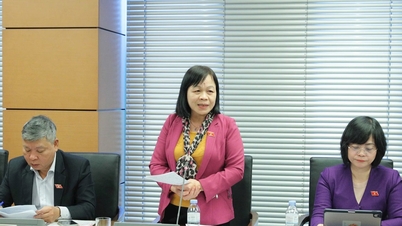



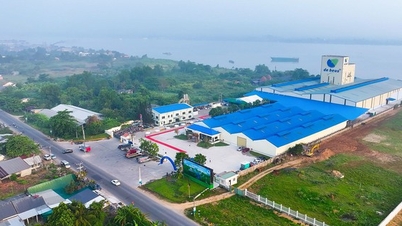

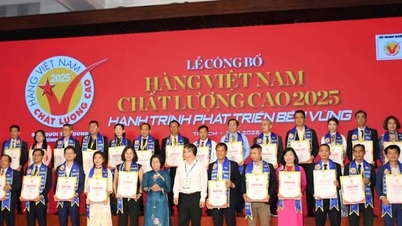




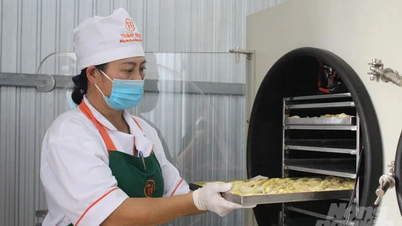












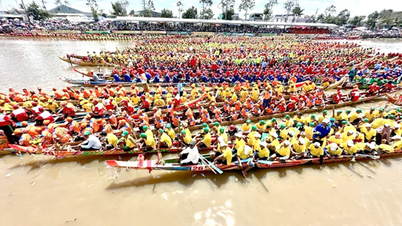

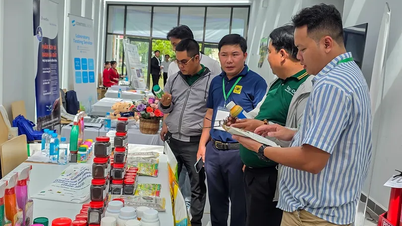
























































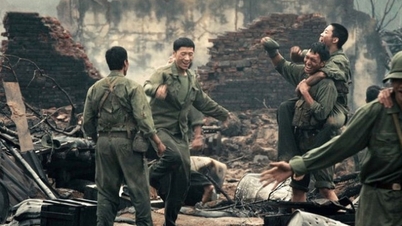
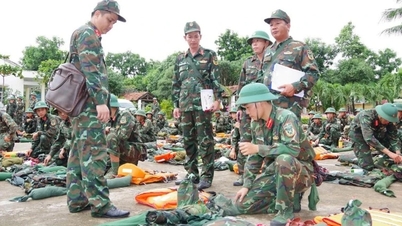













Comment (0)